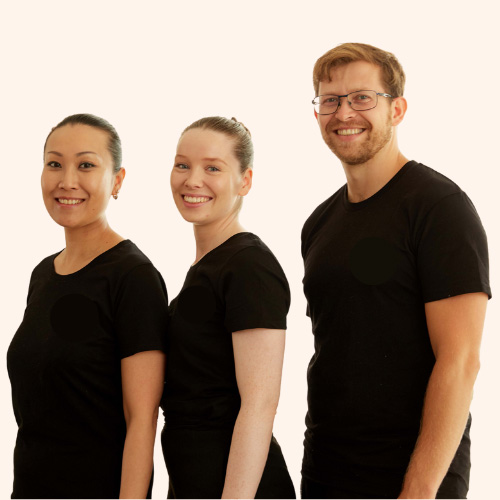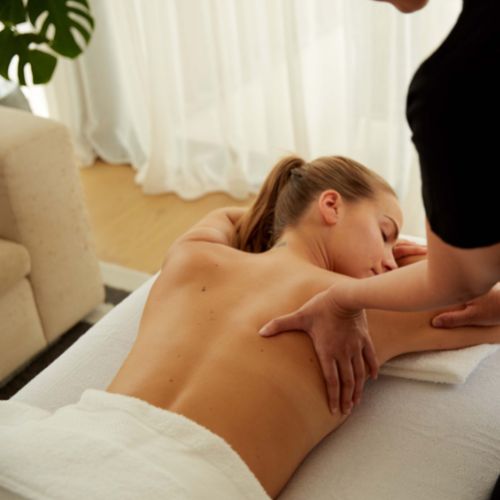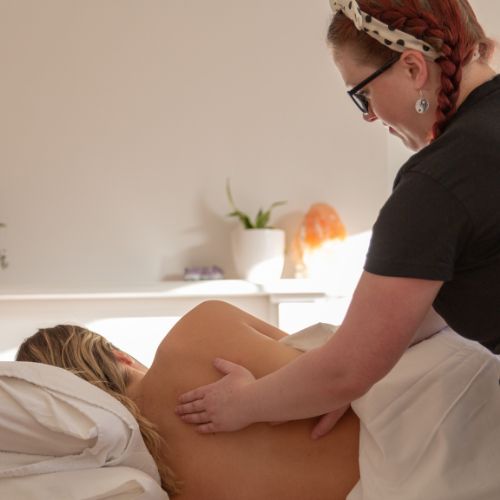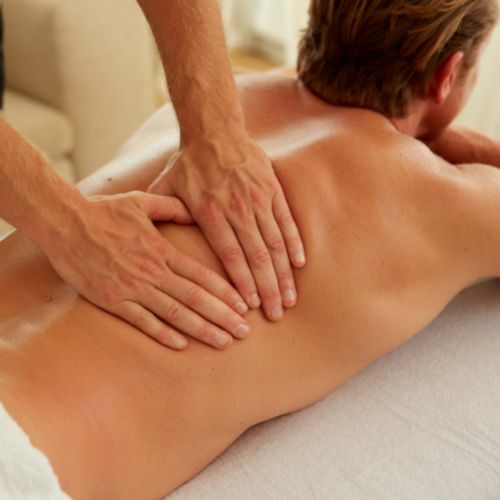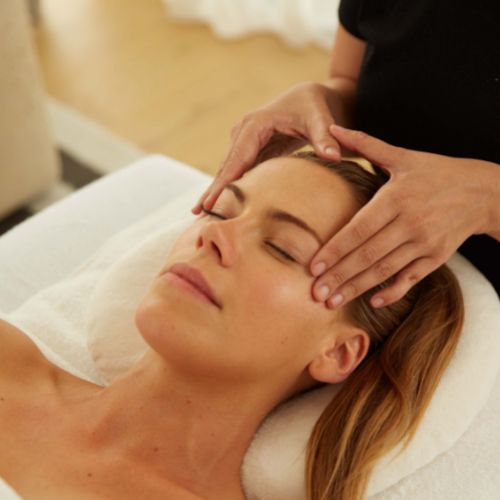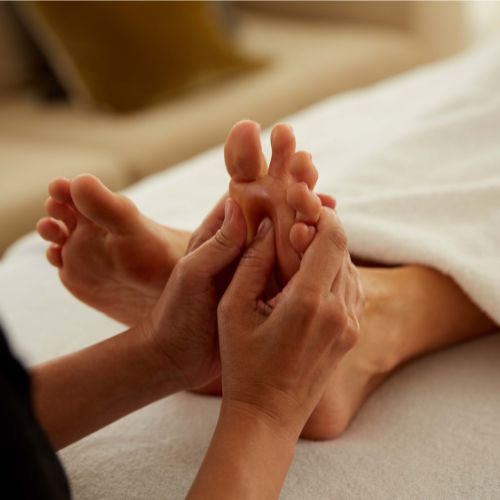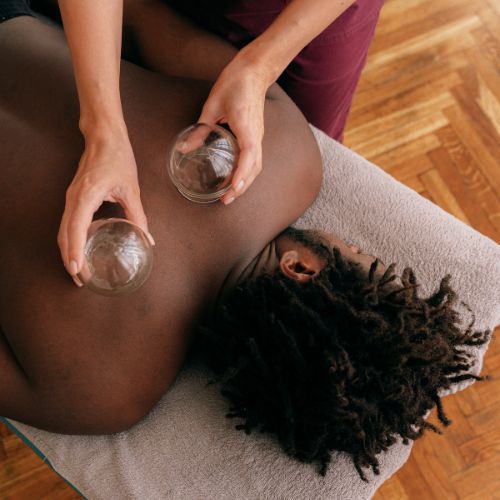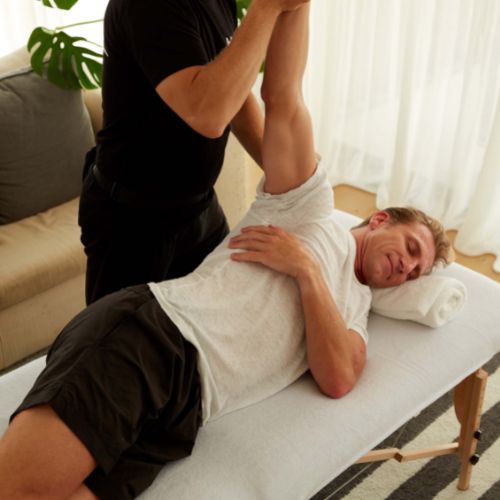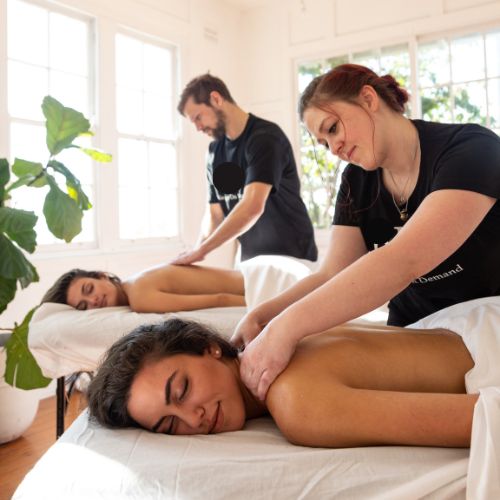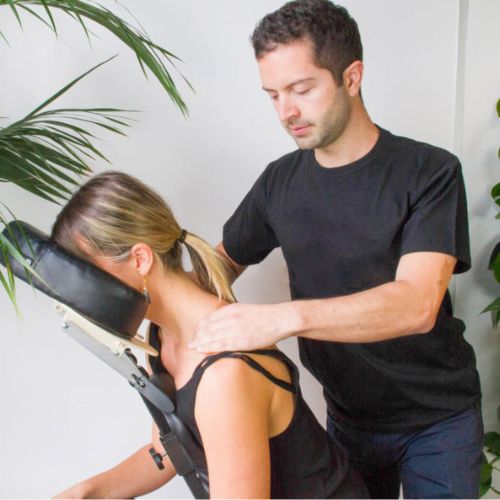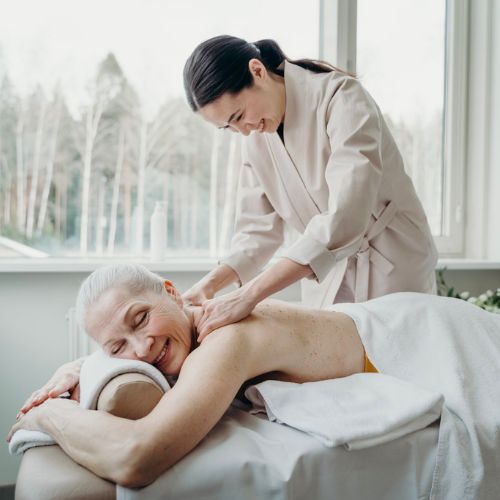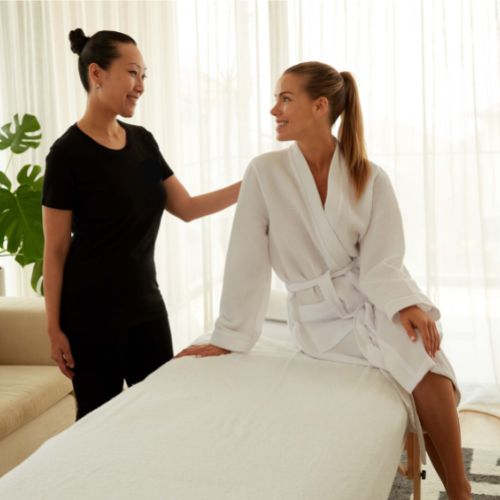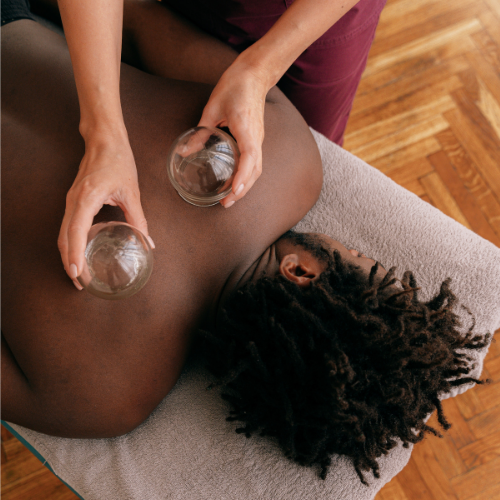
At-home Cupping Massage Near You
An ancient form of alternative medicine that involves the use of suction cups on the back.
Qualified and highly skilled providers, all screened in advance.
Our customers love Blys
#1 Rated Mobile Massage Service In The United Kingdom
We make self-care easy
How It Works
Step 1: Book
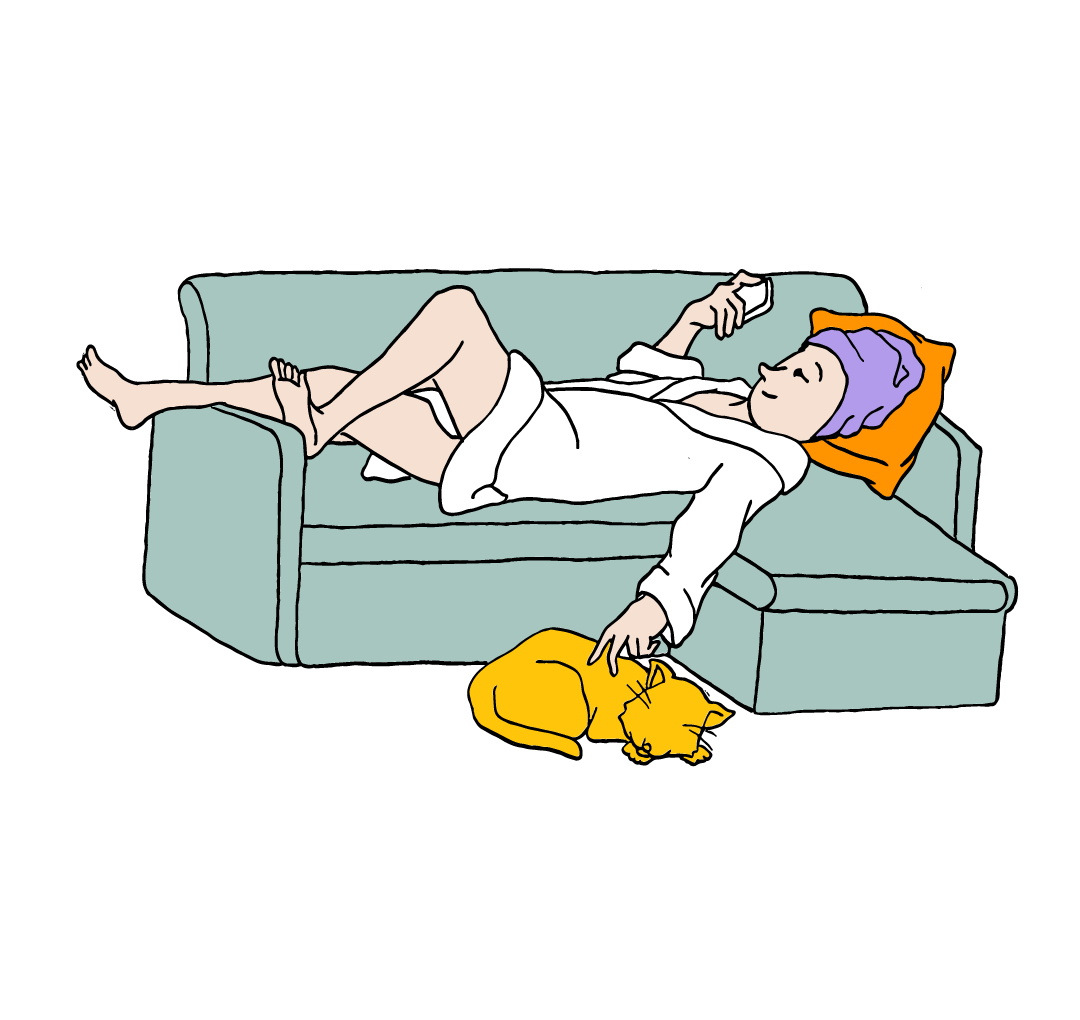
Select your preferred treatment, location, date and time.
Step 2: Connect

We'll post your booking for free and confirm when an available provider accepts.
Step 3: Meet
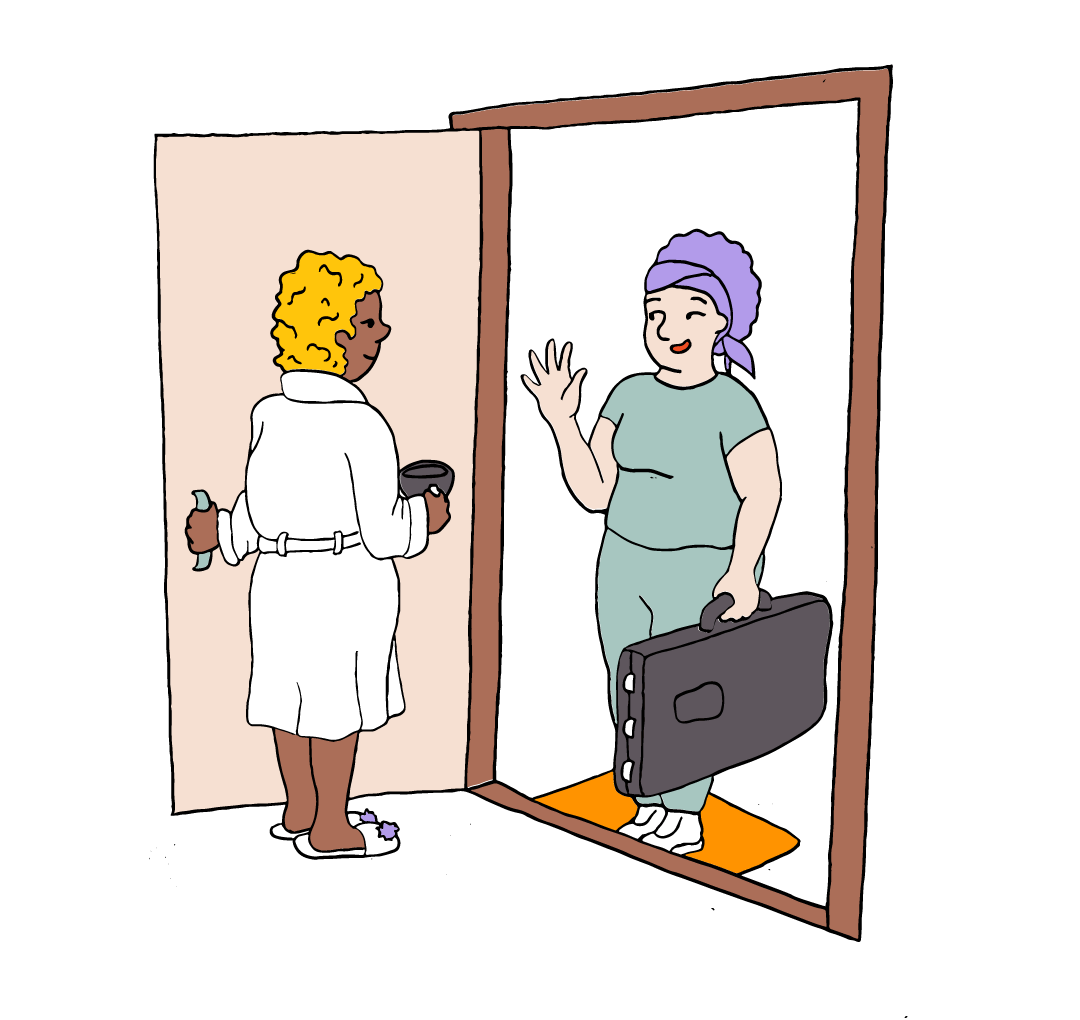
Sit back and relax, your provider comes to you!
Mobile Massage Pricing
60min
From £74
When you want to release tension and feel relaxed and rejuvenated in minimal time.
75min
From £89
When you need a little extra me-time to soothe sore muscles and relax your mind and body.
90min
From £104
When you want deep relaxation or have stubborn knots that need a little extra love.
120min
From £144
The ultimate self-care session designed to leave you feeling totally brand new.
These prices include travel, a massage table, towels or sheets, oil, music and a professional massage by a qualified and vetted massage therapist that comes to you. These prices are standard base rates per person and do not include the 10% processing fee. The final price will vary depending on your preferred location, date, time and specific requirements. View our pricing page for more details.
You won't be charged until your booking is confirmed.
What is cupping?
Cupping is a type of alternative therapy that involves placing suction cups along the back to aid in reducing inflammation and promoting pain relief. Cupping improves energy flow within the body and facilitates healing through the increase of blood flow along the back and spine.
What are the benefits of cupping therapy?
Cupping massage has understandably become a super popular form of massage due to its many amazing health benefits. Cupping massage has the ability to:
- Increase blood flow
- Increase circulation within the body
- Revitalise nervous system
- Detoxify the body
- Reduce stretch marks, scars and varicose veins
- Aid digestion
- Relieve pain
- Boost energy
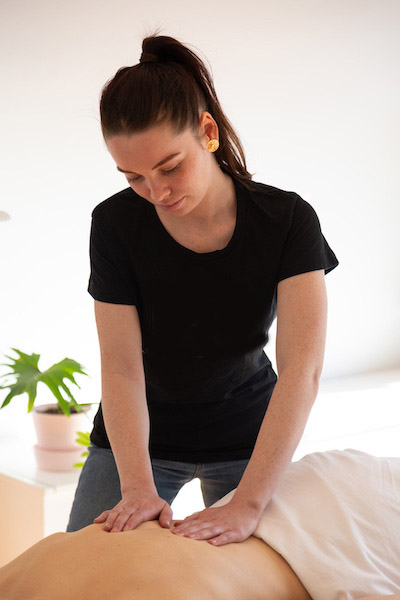
How does cupping therapy work?
Cupping therapy can be provided in a number of different ways, from the different types of cups used, to the method of how the cups are placed.
Wet cupping: Wet cupping is a cupping method that involves pricking the skin with a small needle to draw blood before placing the cup. This ensures that both blood flow is increased during the cupping treatment, but also that blood toxins are properly released and expelled from your body.
Dry cupping: Dry cupping involves heating the inside of each cup, usually with an alcohol-soaked cotton ball, to create a vacuum between the cup and the skin. This method increases suction, meaning that blood flow is increased through pressure and circulation throughout the body.
Types of cups:
- Horn (suction cups)
- Glass
- Plastic
- Bamboo
- Silicone (usually used for facial cupping)
As providers on the Blys platform are independent wellness professionals, the method of cupping therapy they provide may differ from one therapist to another. If you have a preferred cupping treatment you would like to book, you can always add a note to your therapist when placing your booking.
The self-care app people swear by
But don't just take our word for it. Check out what our customers have to say:
Frequently Asked Questions
Got a few questions?
Who should get cupping done?
Anyone that is feeling muscle tension or overall energy drain can get cupping
done, but there are specific health benefits for those with chronic pain. Clients
with:
- Arthritis (including rheumatoid arthritis)
- Chronic body pain (back, neck, knee and shoulder)
- Chronic headaches/migraines
- Breathing problems such as asthma
- Gastro-intestinal problems such as IBS (Irritable Bowel Syndrome)
- High-blood pressure (hypertension)
What are the benefits of cupping?
Benefits of cupping massage are:
-Increased blood flow
-Increased circulation within the body
-Revitalising nervous system
-Detoxifying
-Reduces stretch marks, scars and varicose veins
-Aids digestion
-Pain relief, great for chronic pain management
-Energy boost
Does cupping help knots?
While cupping therapy’s main function is to increase blood flow and circulation within the body, there are many other benefits, including reducing swelling and muscle knots.
Does cupping have long term effects?
Cupping has not proven to have long-term effects when dealing with chronic pain management. However, cupping therapy is recommended to do 1-2 times a week, making it a sustainable therapy method for pain relief.
What to expect after cupping?
Our recommendation? Take it easy, get extra rest and of course, stay hydrated to further expel any toxins released within the body!
Cupping is an exhaustive process for the body, relieving tension and increasing blood flow may lead to feelings of fatigue or tiredness post-appointment.
How often should you do cupping?
Cupping can be done 1-2 times every week! We recommend you consult with your cupping therapist to confirm the regularity of your cupping treatments.
Why is cupping so good for you?
Because cupping increases blood circulation to the area that is being suctioned, muscle tension is relieved and any stress within the body is alleviated. Cupping therapy has many physical benefits, but is also a great way to destress and relax the body and mind.
When should you not use cupping?
Who should not have cupping therapy?
-Bleeding disorders like haemophilia
-Blood clotting problems, such as deep vein thrombosis or history of strokes
-Skin conditions, including eczema and psoriasis
-Seizures (epilepsy)
– Pregnancy
If you have any concerns about your overall well being, including feeling unwell prior to your appointment please advise your therapist immediately or prior to your treatment. You can also contact our customer support team at hello@getblys.com.au for assistance.
What should you not do after cupping?
After your cupping treatment, try to avoid the consumption of alcohol, caffeine or any food or drinks that will affect blood pressure (i.e., sugary or high dairy-content foods). Also try to avoid intense exercise or any activity that will bring up your body temperatures, such as hot showers, saunas or hot tubs.
Can cupping be harmful?
Cupping can cause side effects such as skin discolouration, scars, burns and infections.
At Blys, we recommend you speak with your cupping therapist during your consultation about any possible side effects from the cupping therapy you’ve chosen.
Can you get a blood clot from cupping?
There are certain areas of the body where cupping therapy is not advised, such as the cervical area, as it may cause blood clotting. Another risk for blood clotting during cupping therapy is if you have a pre-existing blood disorder or condition such as thrombosis or a history of strokes. During your consultation prior to your appointment with your cupping therapist you can bring up any concerns regarding the risk of blood clotting.
Does cupping damage blood vessels?
Through the action of suctioning, tiny blood vessels (capillaries) are expanded and broken open. Cupping massage does not cause damage to the blood vessels, but allows for blood toxins to be released and expelled from the body.
Who should not get cupping done?
Clients with:
- Bleeding disorders like haemophilia
- Blood clotting problems, such as deep vein thrombosis or history of strokes
- Skin conditions, including eczema and psoriasis
- Seizures (epilepsy)
- Pregnancy
What is hijama and cupping?
Hijama and cupping are exactly the same thing! Cupping, previously called Hijama, is a form of traditional therapy that increases blood flow and circulation within the body.
What is cupping massage used for?
Cupping therapy has been used for thousands of year to relieve back and neck pain. Modern cupping therapy offers up many physical benefits that come from cupping and the increase of blood flow. Cupping is now used to re-energise the body, reduce stretch marks, scars or varicose veins, aid in digestive problems and provide pain relief, especially for those that suffer from chronic pain.
What does hijama do to your body?
Hijama, or cupping therapy increases blood flow and circulation within the body using suction cups
Is Hijama good for skin?
Facial cupping is known to increase oxygen-rich blood circulation, which strengthens skin and connective tissues. While you may not see immediate results after your cupping session, the long-term skin benefits of cupping are out of this world!
Does hijama remove toxins?
Hijama or cupping therapy releases toxins within the body through suctioning techniques, but it is actually the kidneys that expel those released toxins.
Same as a massage, we recommend drinking lots of water after your cupping appointment to help along the removal of toxins from the body.
Is hijama cupping painful?
Cupping therapy is not considered a painful or unsafe treatment, however, this type of therapy applies suction to different parts of the body. This means that there may be some discomfort during your appointment.
If you have any concerns about pain, it is advised that you bring it up during your consultation with your cupping therapist and alert your therapist during your appointment if any pain is felt.
Do you bleed during cupping?
Yes, during wet cupping therapy, the skin is pricked with a small needle to expel blood toxins. During your cupping treatment, you will bleed a small amount as the suction cups are placed over the pinpricks to increase blood flow. Due to the size of the pinprick, you will not bleed after the suction cups have been removed from the skin, and a small scab will form almost instantly.
How often should you cup your back?
You can get cupping therapy on your back quite regularly, with the recommendation being 1-2 times every week! We recommend you consult with your cupping therapist to confirm the regularity of your cupping treatments.
Where do you place the cups for cupping?
Depending on the cupping therapy method chosen, as well as your own areas of pain or concern, the cups can be placed on the back, stomach, arms, legs or the face.
A consultation with your cupping therapist prior to your appointment will help you discern the areas on your body where cups will be placed.
How long do you leave cups on when cupping?
The cup is generally left on the body for up to three minutes. In saying that, there are many different kinds of cupping therapy methods, so it is best to speak with your cupping therapist during your consultation or prior to your appointment if you have any questions.
Can we do cupping therapy at home?
You can definitely do cupping therapy at home, in fact, that’s the whole point of Blys! At Blys, we connect clients with providers that can perform different kinds of therapy from the comfort of your very own home. Cupping therapy at Blys is a great way to destress and re-energise without the inconvenience of travelling.
Browse Our Mobile Massage Services
-
Book Now
Swedish Relaxation Massage
Relieve stress and tight muscles.
-
Book Now
Deep Tissue Massage
Release knots and tension.
-
Book Now
Pregnancy Massage
Give back to yourself and your body.
-
Book Now
Sports Massage
Speed up recovery.
-
Book Now
Lymphatic Massage
Reduce swelling and boost your immunity.
-
Book Now
Hot Stone Massage
Stimulate blood flow and circulation.
-
Book Now
Aromatherapy Massage
Calm the mind and relax the body.
-
Book Now
Reflexology Massage
Restore balance and relieve stress.
-
Book Now
Cupping Massage
Reduce pain and inflammation.
-
Book Now
Thai Massage
Promote flexibility and improve range of motion.
-
Book Now
Group Massage
Perfect for hen's nights, girls weekends and events.
-
Book Now
Corporate Massage
Reward and re-energise your team.
-
Book Now
Aged Care Massage
Improve joint mobility and reduce inflammation.
-
Book Now
Home Care Massage
Relieve chronic pain.
Book a spa-quality treatment delivered to your door
Go on, you deserve some me-time.
